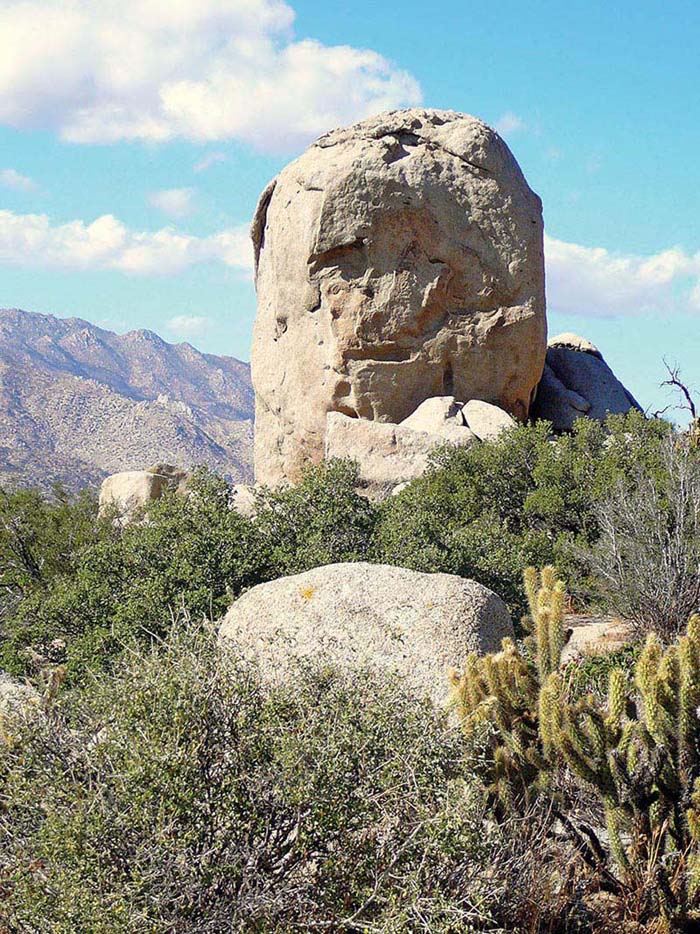

Contents



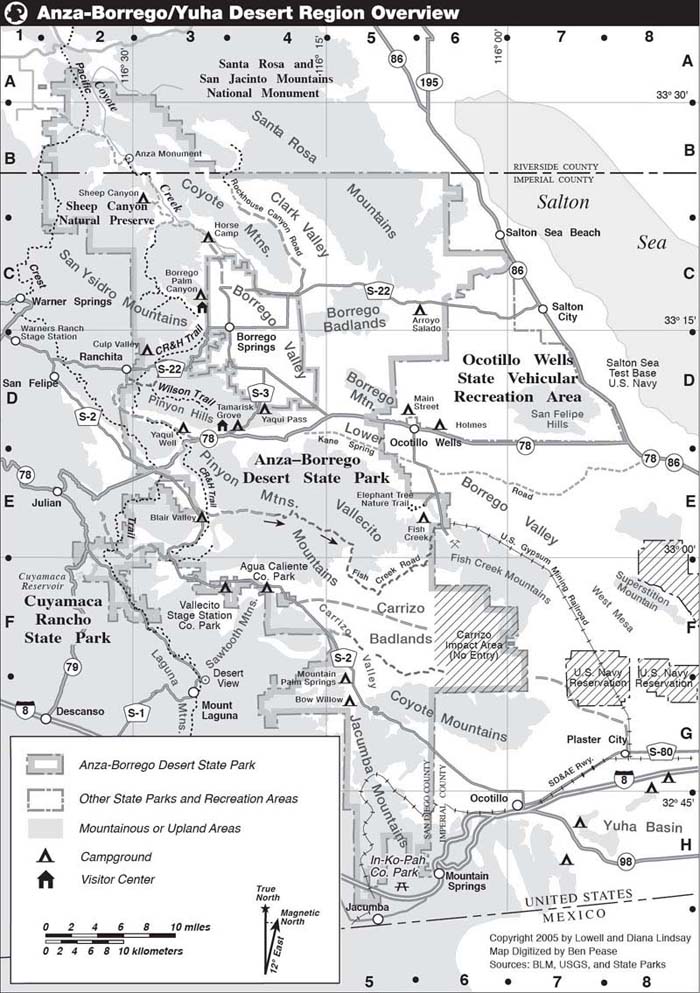

Please Note : The print edition of this book has a large, regional map included. We have inserted hi-res images of that map at the end of this eBook.
As avid travelers ourselves, we realize that the true usefulness of that map may be limited by the device you are reading on. So we are offering you the printed map at a deep discount.
Simply go to the maps product page at
WildernessPress.com (ISBN 9780899974019) and enter the code
MAPFOREBOOK
then complete your purchase. This code will allow you to buy the map for $5 + s/h.
We thank you for buying this eBook product and hope it helps you along your journey.

Acknowledgments

WE ORIGINALLY DEDICATED this book to The Rangers and Naturalists of Californias Desert Lands. Some of them have gone to the golden hills, to use the terminology of E Clampus Vitus, a California historical fraternity. Others are continuing to make great contributions in their chosen fields. Many have been an important part of our life, work, and play. To each of them, including the staff and volunteers of our desert public lands, we are deeply grateful and renew our original dedication.
Sincere thanks to the following who facilitated the review of this sixth edition: Kathy Dice, superintendent of Anza-Borrego Desert State Park (ABDSP), during the research and update phase for this edition (she retired July 1, 2017) and her ranger staff; Mark Jorgensen, retired superintendent of ABDSP; Garratt Aitchison, superintendent of Ocotillo Wells State Vehicular Recreation Area (OWSVRA) and his ranger staff; Thomas F. Zale, field manager of the El Centro Field Office of the US Bureau of Land Management (BLM) and his staff, especially John Johnson and Carrie Sahagun; Arnold Schoeck, retired recreation planner for the El Centro Field Office of the BLM; and Reena Deutsch, former Anza-Borrego Foundation (ABF) board member. Special thanks to Colorado Desert District GIS expert L. Louise Jee for providing base maps with updated park boundaries and information about the new panels found in the park during the research and update phase for this edition (she retired July 1, 2017); to retired park ranger Fred Jee for his review comments; and to Jim Varnell, past president of the San Diego Natural History Museum Canyoneers, for help with GPS information. We greatly appreciate the continuing support of the Anza-Borrego Foundation and its former executive director Paige Rogowski.
Similar to our sentiments of 39 years ago, we deeply appreciate the contribution of Wilderness Press/AdventureKEEN staff to our success, especially Holly Cross, who was our direct liaison; Scott McGrew, who updated maps, designed new ones, and created the cover of the book; Kerry Smith, who edited our work; and Annie Long, who did the interior design.
Finally, we want to recall the names of park staff who played a significant role in helping us to bring out that first edition in 1978: Maurice H. (Bud) Getty, who was manager of the park at that time; Jack Welch, who was manager of the San Diego Coast Area and a former park ranger, who provided us detailed ranger patrol notes for our research; and park ranger George Leetch. It was George who, at our first encounter with the desert in 1967, let us know loud and clear that jeep tires werent for running over his desert plant friends. If our subsequent work has contributed to saving some of his friends, then were on the right track.
Diana and Lowell Lindsay
San Diego, California
September 2017

Preface

I FIRST SAW Anza-Borrego from the cockpit of a navy helicopter, operating off the USS Hornet (CV-12). We were between Vietnam deployments and were practicing high-speed search and rescue missions inland. Although the altimeter showed 6,000 feet, we were about 2,000 feet above ground level (AGL) eastbound over McCain Valley. Then the bottom dropped out. Suddenly altitude and AGL matched, and the ground was very, very far away. Only years later did I understand that we had just shot over the Laguna escarpment, far above one of the greatest desert preserves of America.
Look down there, I yelled into the mike. I dont see anything, crackled Steve. Right! Ive never seen so much nothing anywhere. We gotta get in there ASAP. Within days, Diana and I and some squadron buddies were deep in the Carrizo Badlands and, not knowing it at the time, embarked on a life-long quest to know Anza-Borrego and the Colorado Desert. In a way, we went into the desert in 1967 and have never returned.
Lowell Lindsay
I MUST GIVE my side of the story for my first visit to Anza-Borrego so that you will understand how I literally did a 180. I met Lowell at UCLA on a trip with the Bruin Mountaineers Club. Our love for outdoor trips continued once we married, and when we landed in San Diego for Lowells helicopter squadron assignment, we usually headed to the Sierras on free weekends. When Lowell first suggested checking out the Anza-Borrego region, I was skeptical and reluctant. What could be out there in the barren desert? It was, after all, a desert with nothing there.
After repeated suggestions to check it out, I reluctantly agreed with the proviso that the following weekend we could head for the Sierras. Well, dear reader, that first trip to Painted Gorge totally captured me. The following weekend, Lowell, as promised, suggested we head for the Sierras, and I sheepishly suggested that we head for the desert instead. It turns out there is a lot to see and discover, and after 50 years (it was March 1967 for that first trip), we are still discovering new things.
Diana Lindsay
AFTER 39 YEARS in five editions and many more printings, this revised and updated sixth edition offers the following highlights:
 Comprehensive, coordinated, and detailed road and trail logs, with interpretive background, which treats the region as a unified whole: paved and dirt roads, 4WD and mountain bike routes, and hiking and equestrian trails.
Comprehensive, coordinated, and detailed road and trail logs, with interpretive background, which treats the region as a unified whole: paved and dirt roads, 4WD and mountain bike routes, and hiking and equestrian trails.
 Integrated, coordinated system of highway logs, utilizing official post mileage and post mile markers where available, supplemented by conventional odometer mileages. The road logs include the new parcels that have expanded the current boundaries of both ABDSP and OWSVRA and offer trails to explore.
Integrated, coordinated system of highway logs, utilizing official post mileage and post mile markers where available, supplemented by conventional odometer mileages. The road logs include the new parcels that have expanded the current boundaries of both ABDSP and OWSVRA and offer trails to explore.

Next page

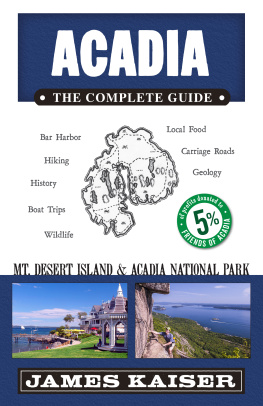

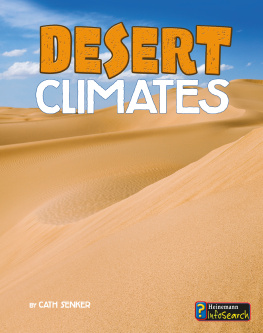

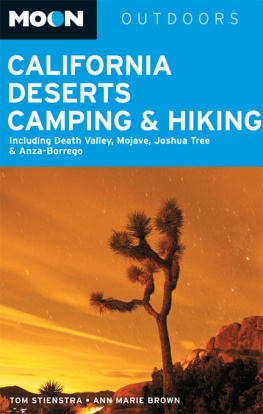
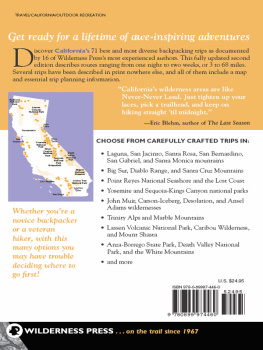
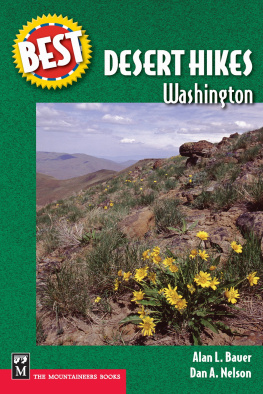
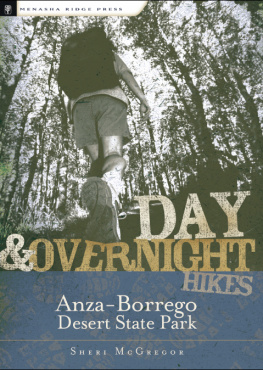

 Contents
Contents 

 Comprehensive, coordinated, and detailed road and trail logs, with interpretive background, which treats the region as a unified whole: paved and dirt roads, 4WD and mountain bike routes, and hiking and equestrian trails.
Comprehensive, coordinated, and detailed road and trail logs, with interpretive background, which treats the region as a unified whole: paved and dirt roads, 4WD and mountain bike routes, and hiking and equestrian trails.